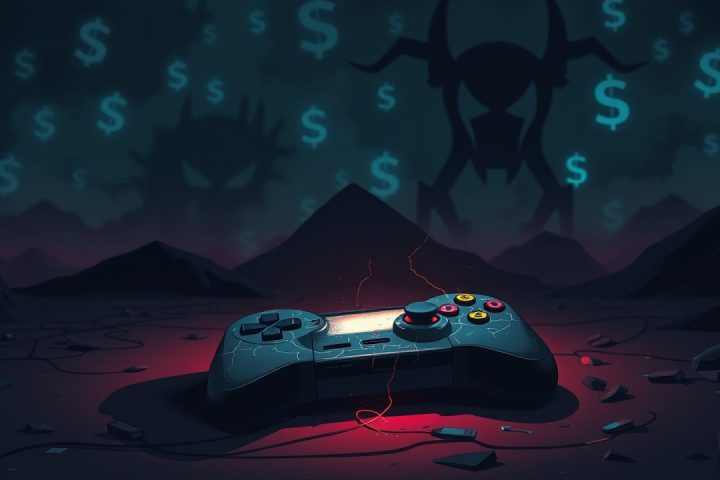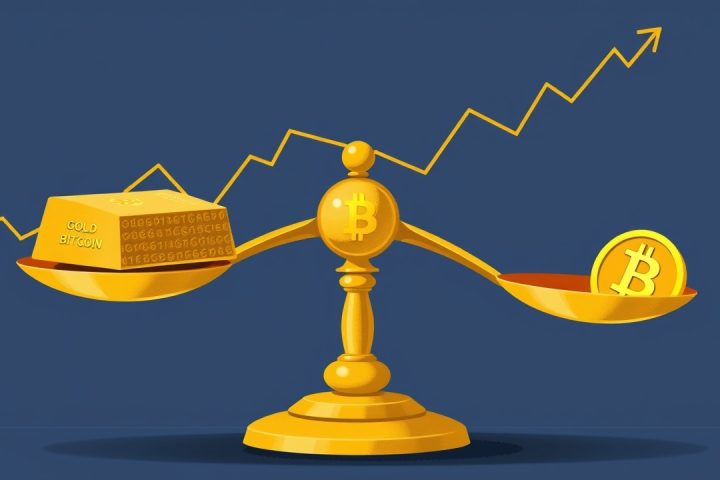Bitcoin Mining Breakthrough
In a fascinating turn of events, a solitary Bitcoin miner has accomplished the remarkable feat of successfully mining a block valued at approximately $347,000, overcoming extraordinary odds of one-in-ten-million. This achievement has sparked discussions across the global mining community, especially on Reddit’s r/Bitcoin forum, where the miner shared their story.
Details of the Mined Block
The block in question, numbered 920440, yielded a reward of 3.125 BTC along with transaction fees. Mining in the Bitcoin network involves a highly competitive race to solve a cryptographic puzzle, which requires immense computational resources. Miners continuously input random figures, known as nonces, to find a hash that satisfies the network’s difficulty criterion. This difficulty adjusts automatically to ensure a new block is generated roughly every ten minutes, regardless of the number of participants involved.
The Landscape of Bitcoin Mining
In today’s landscape, large mining pools—groups of miners who pool their resources for a greater chance of success—dominate the Bitcoin mining sector. Individual home miners typically operate with just a few machines, contributing minimal computing power, which drastically reduces their chances to about one in two hundred million for finding a block.
Despite these daunting odds, notable exceptions do occur. For instance, CKPool is a platform that allows independent miners to mine solo while maintaining 100% of the rewards, and it has recorded several independent mining successes over the years. The user who claimed to have mined block 920440 reported using an Umbrel Mini device for the process and expressed disbelief when their screen flashed with the message, “You found a block.” Following this declaration, community members congratulated them, although some urged caution and verification via blockchain data.
Verification and Analysis
Blockchain records provide an open ledger that includes detailed information about mined blocks, such as the exact mining time, miner’s identity, difficulty level, and total rewards. After examining block 920440, observers found that its characteristics aligned perfectly with the Reddit user’s claims: mined on October 23 at 19:32 UTC, it displayed a Coinbase tag indicating “Public Pool on Umbrel.” This tag is distinctive, suggesting it was indeed mined by an individual and not a large mining pool, whose tags typically display identifiable names.
Analyzing the data further reveals the rarity of such occurrences. The block difficulty was pegged at around 2.07 quadrillion, while the overall network difficulty approached 146 trillion. For a standard home miner operating at a mere terahash per second, it could mean waiting for an unimaginable span of time, potentially hundreds of millions of years, to yield a successful block. Nonetheless, the inherent design of Bitcoin’s proof-of-work system ensures that every miner maintains a minuscule chance of success, even at the lowest levels of participation.
Challenges in Home Mining
Transparently, the block’s integrity held up under scrutiny, containing over 2,100 transactions, with about 89% utilizing SegWit—a standard pattern consistent with the overall network activity. This evidence collectively supports the notion that an individual miner successfully mined block 920440, a remarkable feat against overwhelming odds.
However, the current state of Bitcoin mining illustrates stark disparities among participants. Every miner attempts to crack the same cryptographic challenge, yet they vary significantly in terms of available resources, expenses, and likelihood of finding block rewards. Home mining operations typically start small, usually with a couple of Application-Specific Integrated Circuits (ASICs) designed for this purpose. While each ASIC can complete trillions of calculations per second, they remain dwarfed by the entire Bitcoin network’s staggering output of around 1.035 zettahashes per second, translating to over a sextillion calculations each second.
When comparing efficiency, a top-tier ASIC producing 234 terahashes per second faces a mere 0.0000222% chance, or about 2.2 in ten million odds, of discovering a block within the standard ten-minute period. Given the energy consumption associated with such operations and the intense heat generated, many miners resort to elaborate cooling systems. Additionally, large scale miners often set up in regions with lower power costs, such as Texas or parts of Iceland, leveraging renewable energy sources.
The Future of Home Mining
As the Bitcoin mining landscape evolves, large mining pools like Foundry USA, Antpool, and F2Pool now command an overwhelming share, accounting for approximately 75-85% of the network’s hash rate. Solo miners, operating from their homes, have grown statistically insignificant, with only a few hundred instances of independently mined blocks recorded throughout Bitcoin’s history.
Consequently, home-based mining is challenging and often not financially viable unless luck significantly favors them. Today, the overwhelming majority of Bitcoin blocks are mined by large, organized operations, making feats like the Umbrel Mini case exceptionally rare. For those considering home mining in 2025, it is advisable to view it as an experimental endeavor rather than a reliable investment opportunity and a means to understanding Bitcoin’s security and decentralized nature.




